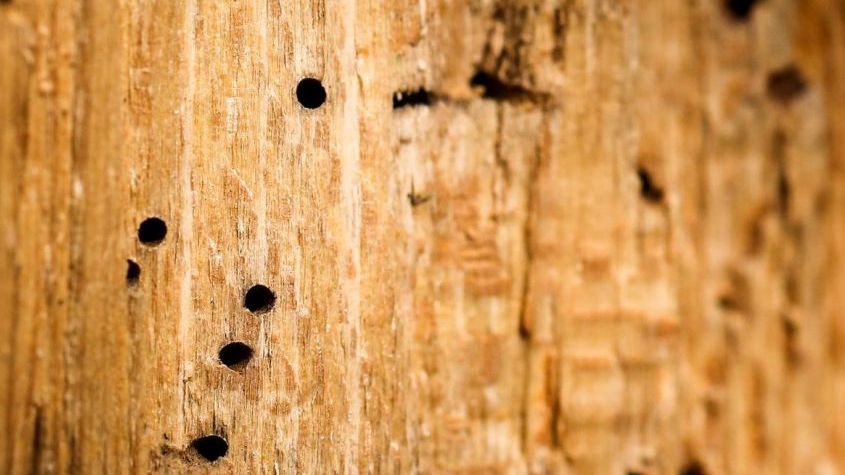Shot Hole Borer -Tea
Tea is an evergreen woody perennial plant. It is grown as a monoculture along with shade trees and other plant species such as cover crops, mulches, intercrops, and hedgerows, etc., which are useful for various agronomic purposes.
Its ecosystem provides cool and humid conditions conducive for various groups of pests to breed, disseminate and feed on.
Zoological name of Shot Hole Borer is Xyleborus fornicatus Eichh and the main host is Tea. Other alternatives are Cocoa, avocado, Citrus, castor, rubber and cinchona.
Shot-.hole borer is a small beetle belonging to the family Scolytidae which group includes a large number of species of wood borers, bark borers, ‘shot-hole, and ‘pin hole’ borers. It is a key pest and has been regarded as serious in most tea-growing areas. Severe damage is evident in tea growing between elevations of 600 – 900m.
Life cycle of Shot Hole Borer -Tea
The life cycle takes 30-35 days including the preparation of gallery for oviposition and some 30-50 offspring per gallery (per female)
The life cycle begins with the emergence of the mature female beetle from the parent gallery. After an initial dispersal flight, these beetles alight on tea and make fresh galleries on young maturing stems, approximately of pencil thick. Most of the galleries are constructed at the nodes.
The female then introduces the spores of the ambrosia fungus (Monacrosporium ambrosium), carried in their buccal cavity on the walls of the galleries which are constructed close to the outside of the woody cylinder of the stem.
The female lays eggs over a period of 10-20 days and the legless white grubs which hatch out from them feed on the ambrosia fungus, passing through three larval instars before pupating. The adult female emerging from the pupal stage, remains in the parent gallery for a few days, mates within the parent gallery, with a much smaller flightless male, and makes it is way out through the original gallery entrance. Wood becomes attractive for boring when they are young and succulent i.e. approximately 8-12 months after pruning. From then on, until about the 24th month after pruning they breed freely, building up a large beetle population, resulting in branch breakage, wood-rot, and die-back. Although, the infestation present at that time in most of the secondary and tertiary branches are removed at pruning, a few surviving members of residual broods that are left behind initiate fresh attacks on the subsequent newly forming branches.
Read more about tea manufacturing

